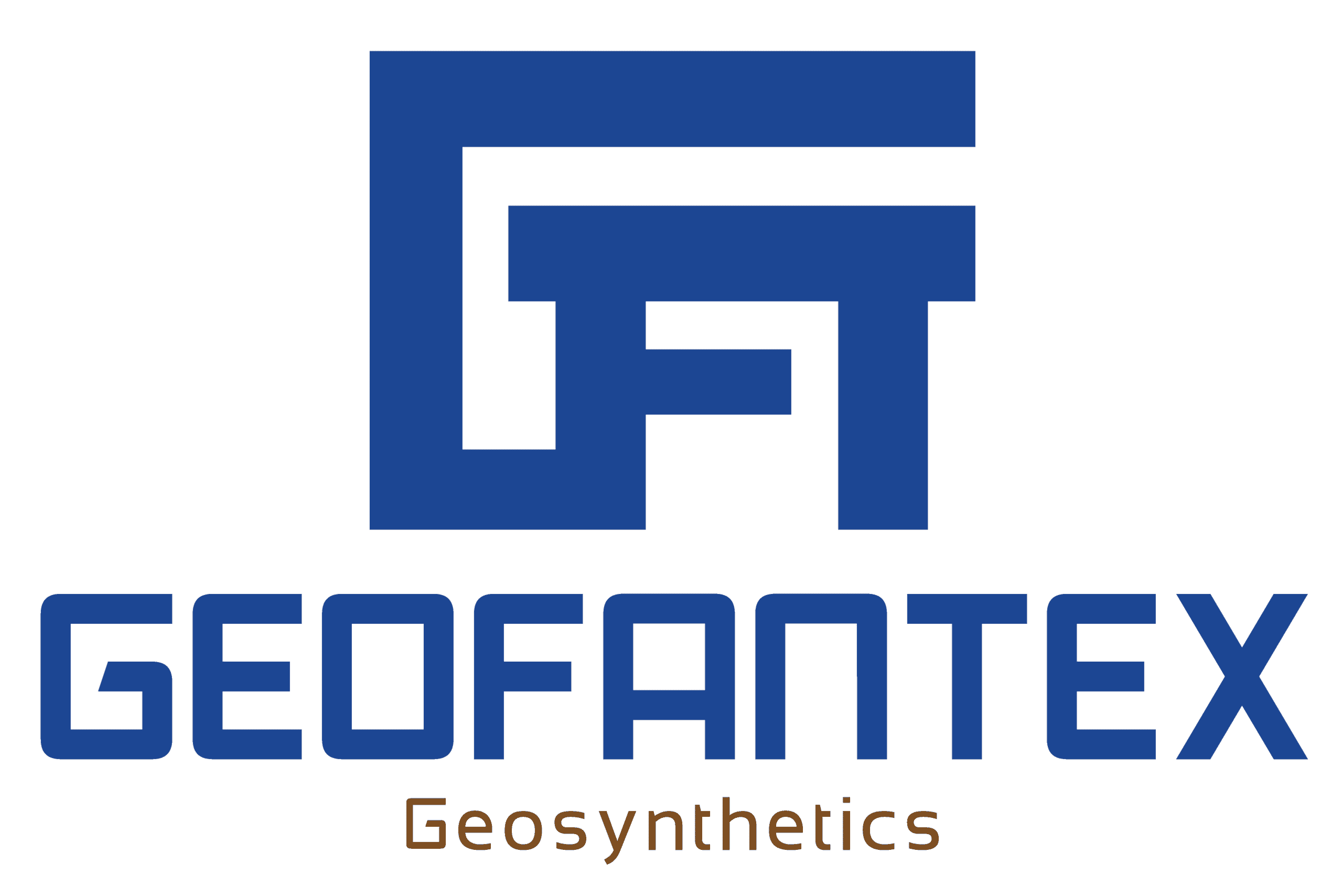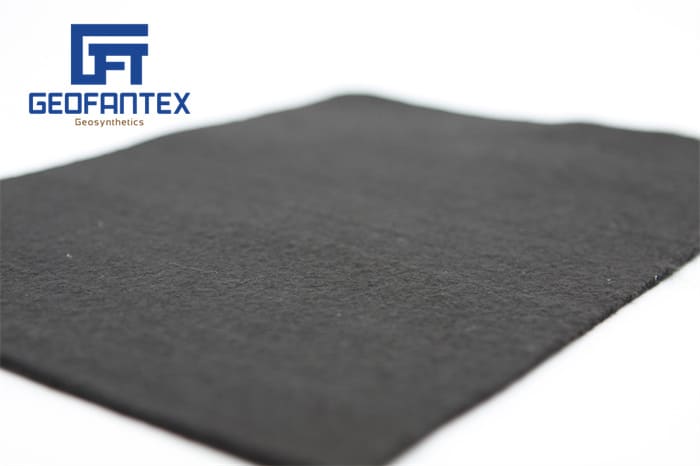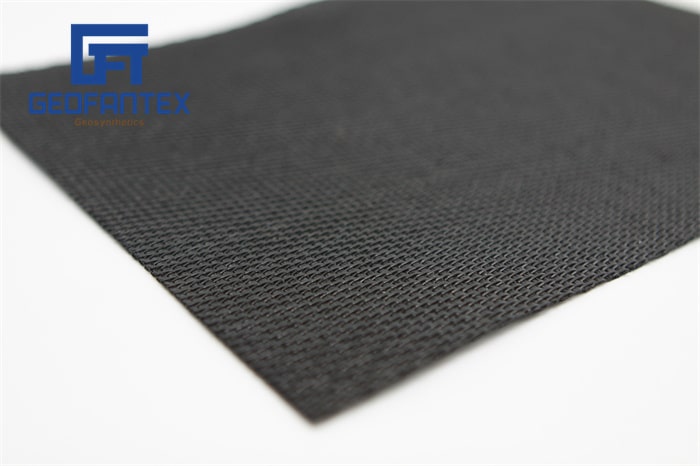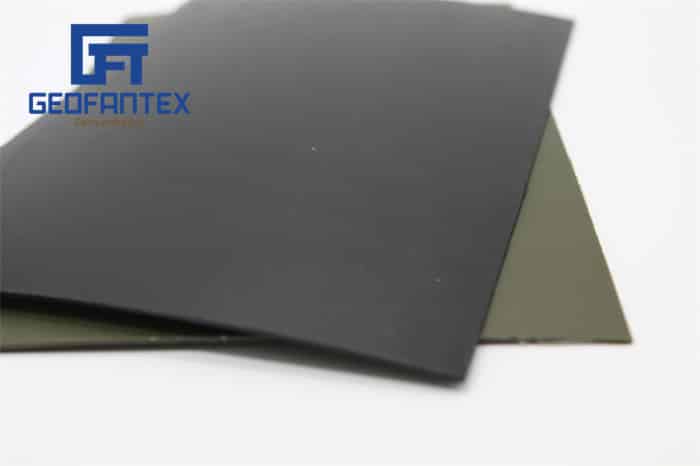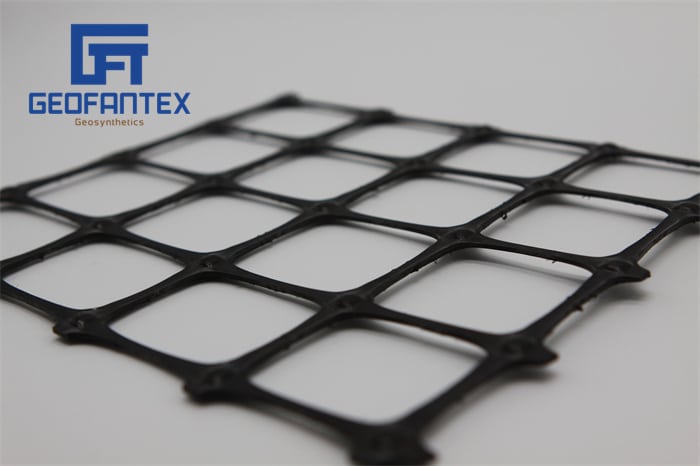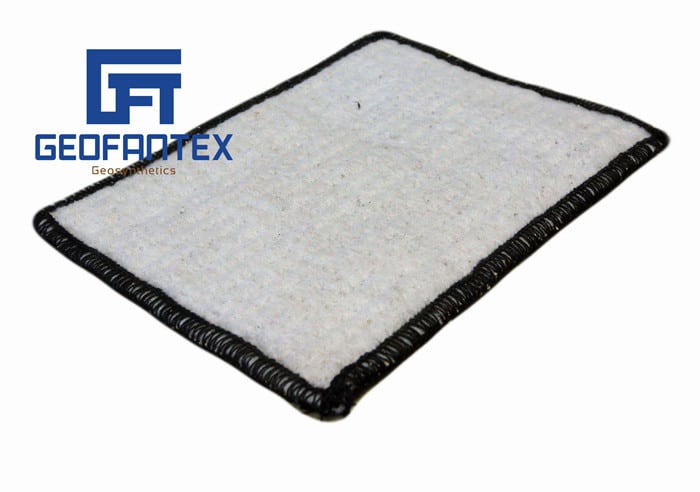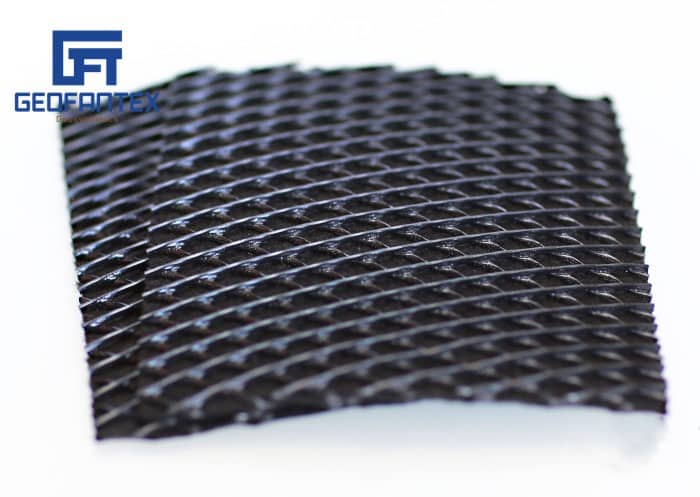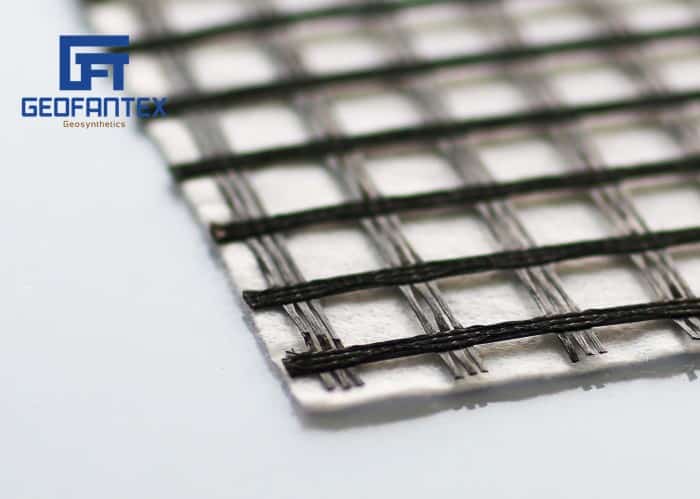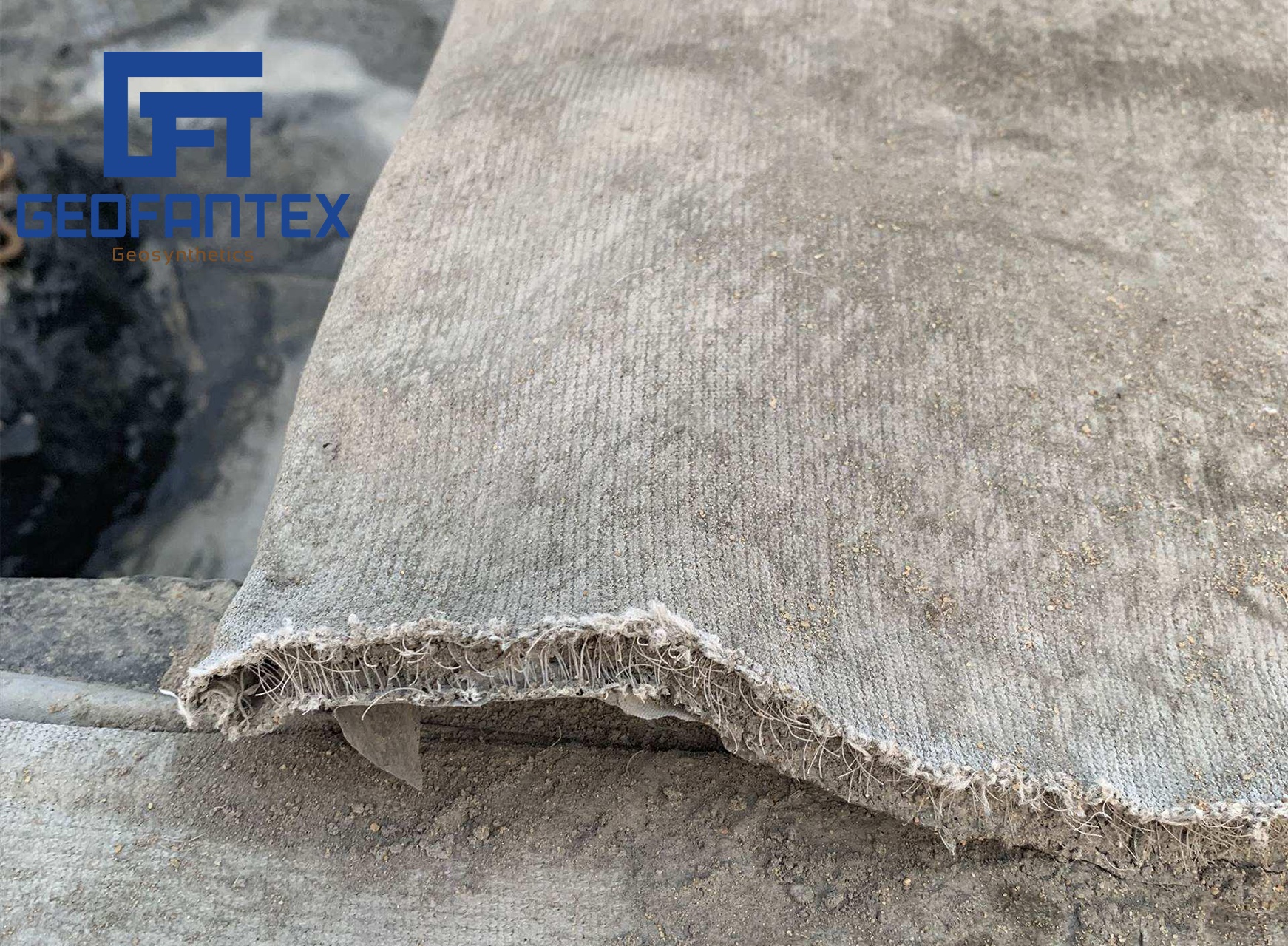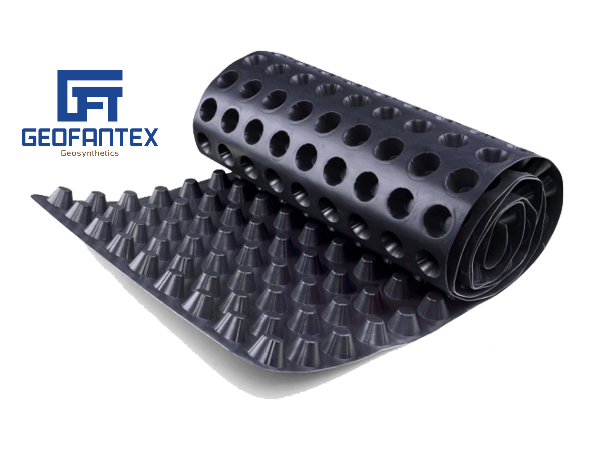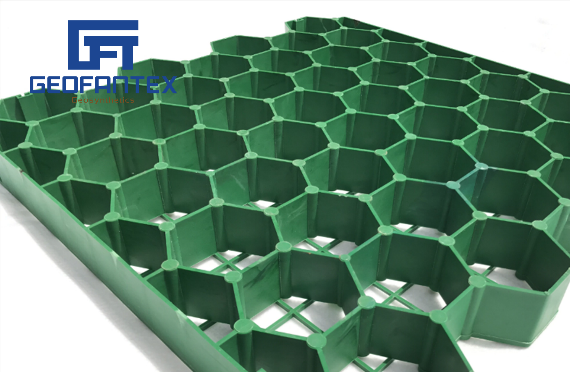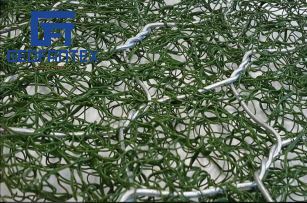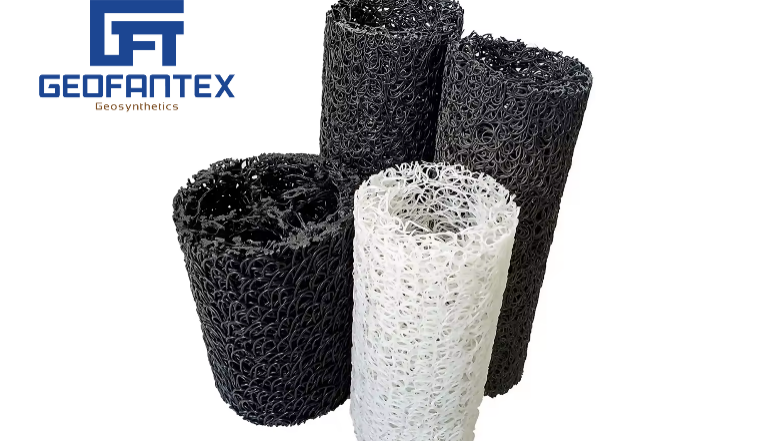+86-159 9860 6917
info@geofantex.com
geofantex@gmail.com
+86-400-8266163-44899
In modern civil engineering, the use of geogrid for retaining wall applications has become a game-changer. With the increasing demand for durable and cost-effective solutions, geogrids play a vital role in improving the structural integrity of retaining walls. This article will explore the benefits of using geogrid for retaining wall projects and address some of the most common questions regarding its use.
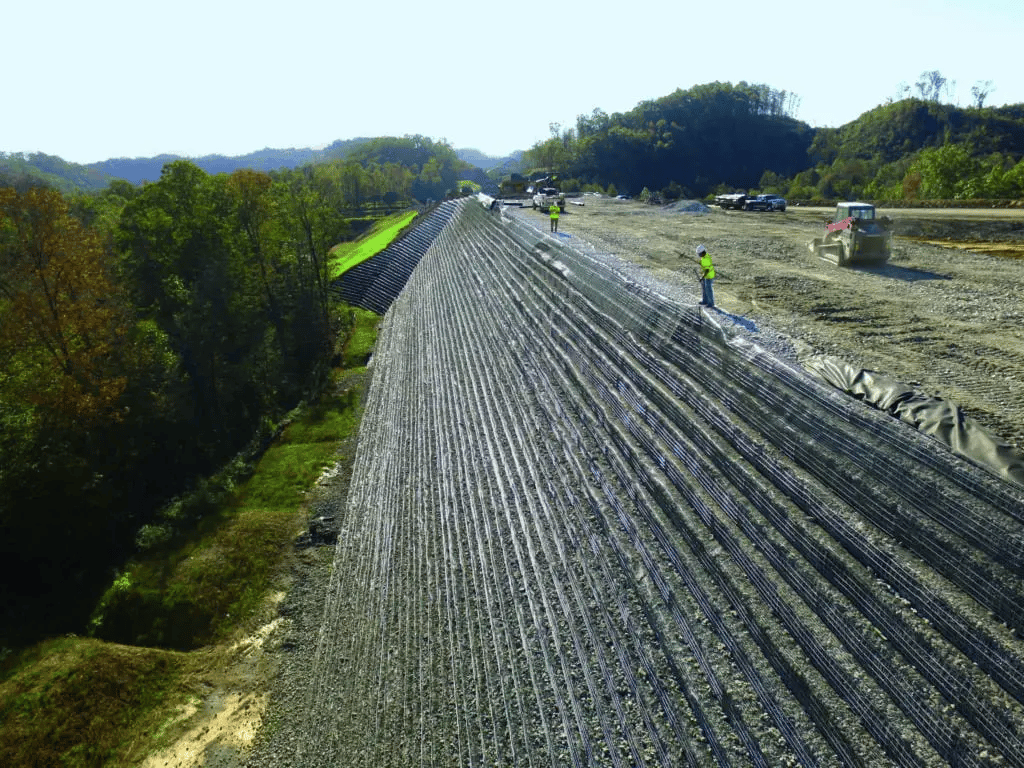
What is geogrid for retaining wall and how does it work?
Geogrid for retaining walls is a synthetic mesh-like material used to reinforce soil and enhance wall stability. It works through several key mechanisms:
- Lateral restraint – the geogrid reduces horizontal soil pressure by holding the soil together, minimizing movement behind the wall;
- Load distribution – it spreads the weight of the retained soil across a wider area, reducing stress on the wall structure; Frictional resistance – the soil interlocks with the geogrid’s open grid pattern, creating friction that anchors the soil in place;
- Increased wall height and efficiency – by reinforcing the soil, geogrids allow for taller and more economical retaining walls with reduced need for heavy materials or deep foundations. These benefits make geogrid an essential component in modern retaining wall construction.
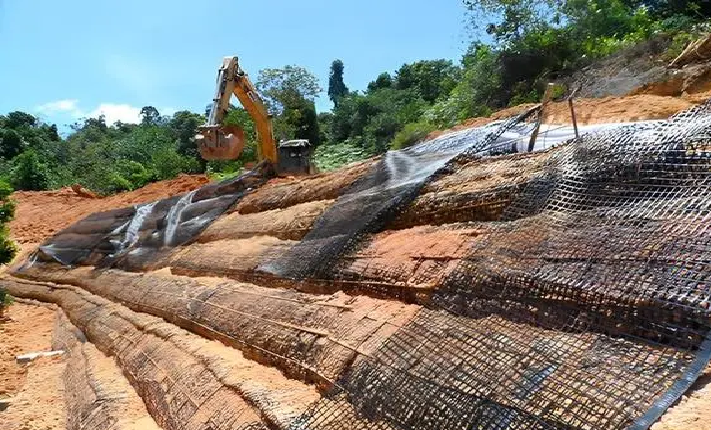
What are the main benefits of using geogrid for retaining wall projects?
Using geogrid for retaining wall projects provides several key benefits, including:
- Enhanced Stability – Geogrid reinforces the soil behind the wall, distributing loads and preventing shifting or collapse.
- Increased Load-Bearing Capacity – Helps walls withstand greater lateral pressure, making them suitable for taller and heavier structures.
- Reduced Wall Movement – Limits settlement and deformation over time, maintaining long-term structural integrity.
- Cost Savings – Reduces the need for deeper footings or expensive reinforcement materials, cutting overall project costs.
- Improved Drainage – Works well with drainage systems to prevent water buildup, reducing hydrostatic pressure behind the wall.
- Versatility – Suitable for different soil types and wall materials, including segmental retaining walls and reinforced slopes.
- Eco-Friendly Solution – Reduces the need for excessive excavation and concrete, minimizing environmental impact.
By using geogrid, retaining walls can be stronger, longer-lasting, and more cost-effective compared to traditional reinforcement methods.
Are there any challenges when using geogrid for retaining wall in construction?
Yes, using geogrid for retaining walls comes with several challenges, including:
- Proper Installation – Incorrect placement or misalignment of geogrid layers can reduce its effectiveness in reinforcing the soil.
- Soil Compatibility – The geogrid must be compatible with the type of backfill used; certain soils, like expansive clay, may not work well with geogrids.
- Anchoring Issues – Proper embedment length is required to ensure the geogrid can adequately support the retaining wall, and insufficient anchoring can lead to wall failure.
- Layer Spacing and Overlap – Incorrect spacing or insufficient overlap between geogrid layers can weaken the structure.
- Moisture Management – Poor drainage can lead to water buildup, which may weaken the geogrid-reinforced soil and cause instability.
- UV Degradation – If the geogrid is exposed to sunlight for extended periods before installation, it may degrade and lose strength.
Proper engineering design and installation following manufacturer guidelines can mitigate these challenges.
How durable is geogrid for retaining walls, and what maintenance should be considered over time?
Geogrid used in retaining walls is designed for long-term durability. High-quality geogrids made from materials like HDPE, PET, or PP are chemically stable, resistant to biological degradation, and, when buried, shielded from UV exposure, which allows them to last 50 to 100+ years under proper installation and soil conditions.
Maintenance for geogrid-reinforced walls is minimal because the geogrid is embedded within compacted soil. However, to ensure optimal performance over time, consider the following:
- Periodic inspections – Check the wall face for signs of settlement, bulging, or cracking that might indicate stress on the reinforced soil.
- Drainage monitoring – Maintain proper surface and subsurface drainage to prevent water accumulation, which can weaken the soil-geogrid system.
- Vegetation control – Ensure roots or large plants do not disturb the wall structure, especially near the reinforced zone.
- Minor repairs – Address localized erosion or minor wall movement promptly to prevent larger structural issues.
With proper installation and routine checks of the surrounding soil and drainage conditions, geogrids provide decades of reliable support, making them a low-maintenance yet highly effective reinforcement solution for retaining walls.
Utilizing geogrid for retaining walls is a proven and effective method to enhance the performance of retaining wall structures. It provides stability, reduces costs, and offers a longer-lasting solution to support your construction projects. By understanding how geogrids work and addressing any potential challenges during installation, you can ensure the success and longevity of your retaining wall systems.
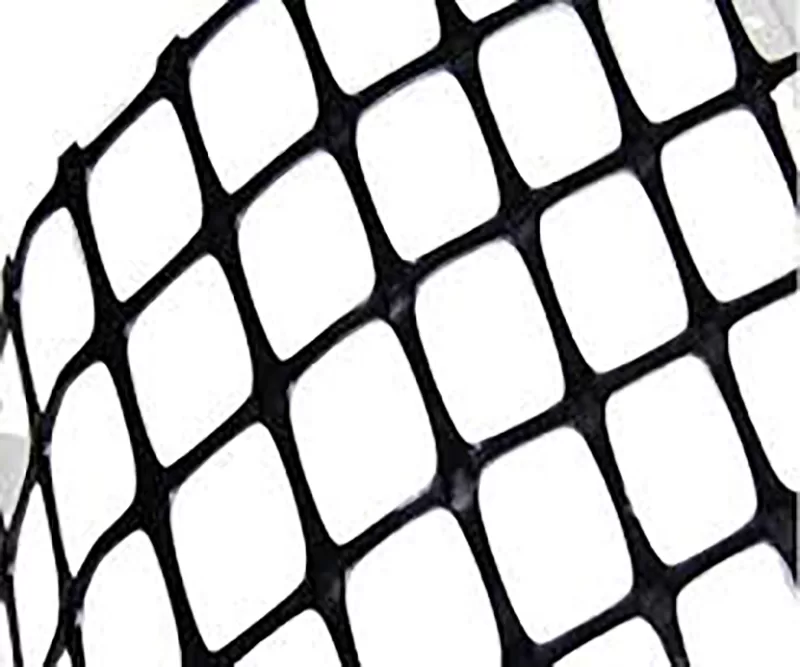
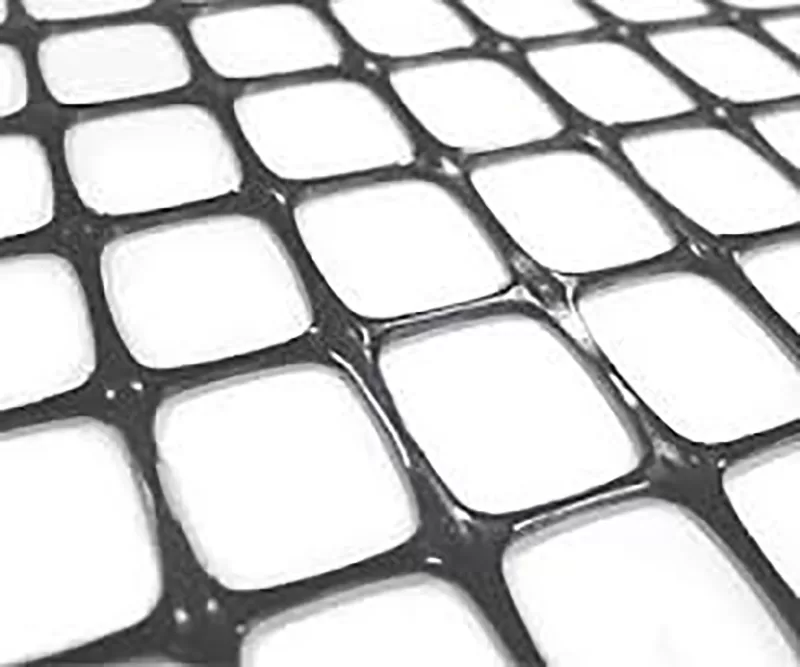

Get Free Sample
We’ll respond as soon as possible(within 12 hours)
